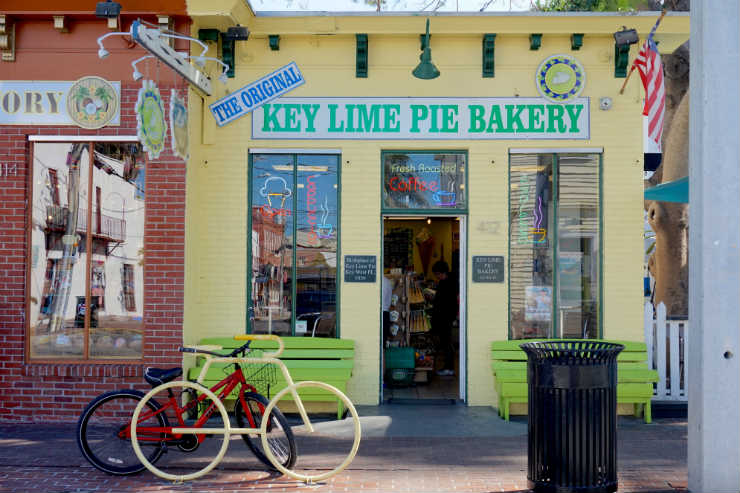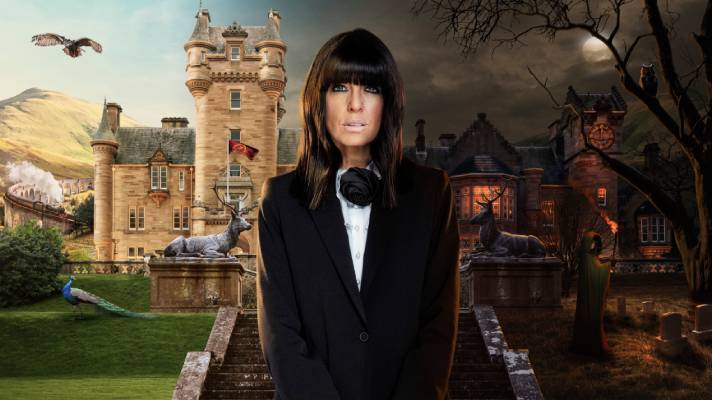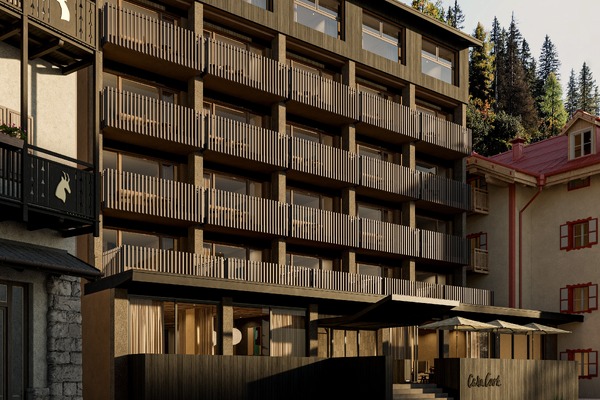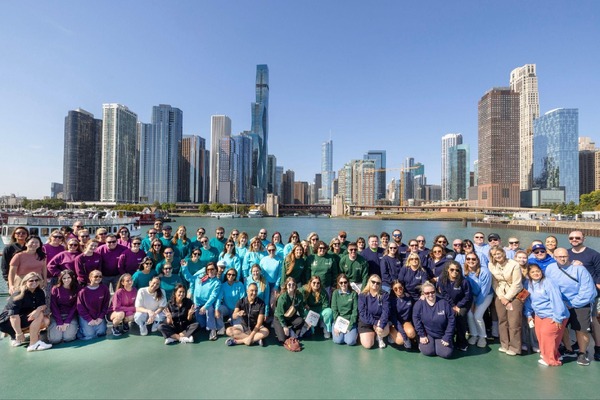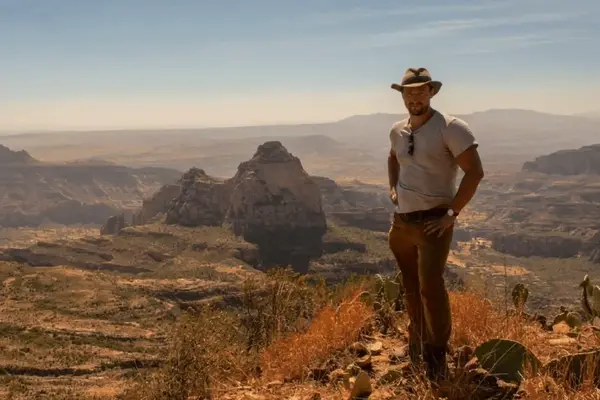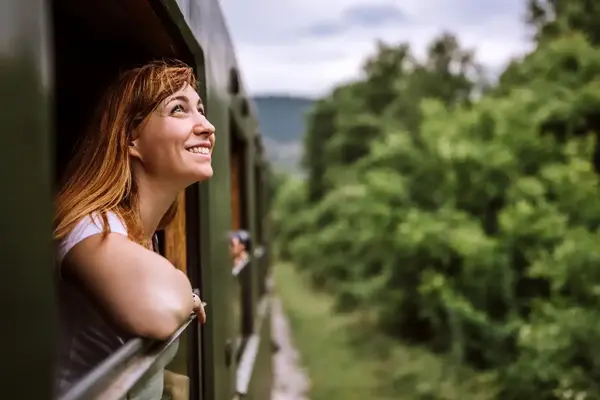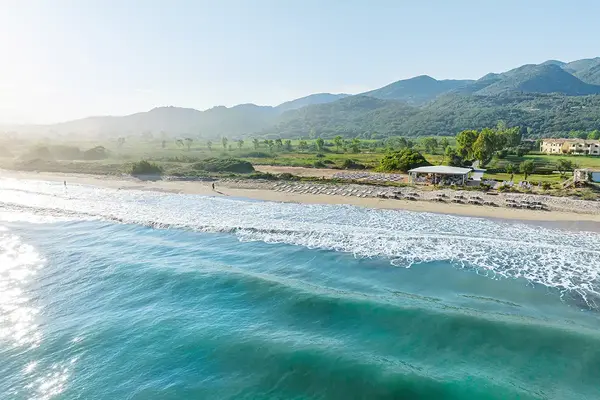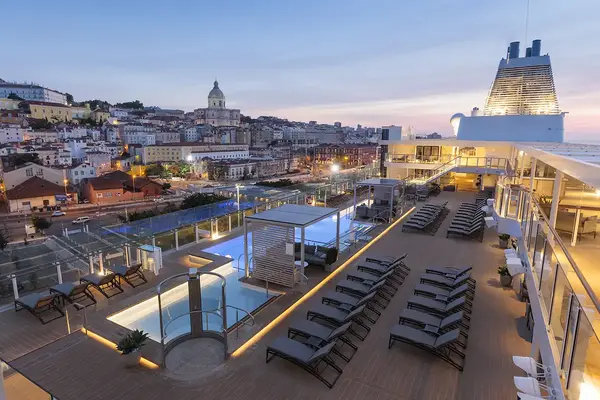Bouncing back: sunshine, street art and recovery in the Florida Keys
The Florida Keys are putting Hurricane Irma behind them and are ready to once again welcome tourists. Lucy McGuire discovers a charming archipelago complete with sunshine, great food and a quirky personality
As a burnt orange sun slips beyond the horizon, throngs of people bring their hands together in ceremonial applause.
These sunset celebrations have become a nightly ritual in Mallory Square, Key West, attracting visitors for more than 60 years with a lively carnival of singers, acrobats, drummers and comedians.
As I snap the silhouettes of elegant tall ships and swooping pelicans against the glowing sky, it is hard to believe that six months ago, these tropical islands located at the southern tip of Florida were hit by Hurricane Irma, a storm that reached category 5 status.
Yet incredibly, within just two months, more than 70% of the Keys’ accommodation had reopened. And while repair work is still under way, much of the basic infrastructure is back in operation.
“With almost 80% of our lodging supply and all of our major attractions now open for business, the UK travel trade can be confident of quality vacation experiences for their Florida Keys-bound clients,” says Emma Cashmore, UK director of sales for the Florida Keys & Key West Tourism Council. “Simply spoken, the Keys are back,” she adds.
The Florida Keys Overseas Highway, known as US Route 1, was back in operation within weeks of the storm and is still the most popular route into the region.
The drive from Miami to Key Largo in the Upper Keys takes an hour, or it’s an extra 30 minutes if you fly into Fort Lauderdale.
Handily, the entire stretch has regular mile markers, from Key Largo (mile 100) all the way down to Key West (mile 0).
As visitors will discover, each of the Keys’ five key districts – Key West, Key Largo, Islamorada, Marathon and Big Pine Key, and the Lower Keys – has its own personality.
For example, the Lower Keys offers a slower pace and abundant wildlife, while Key West has its own quirky personality, with endless attractions and nightlife.
Caribbean vibes
On our trip, my husband and I spend the majority of our time in the island city of Key West, which is a popular choice for UK holidaymakers and is seen as the bucket-list destination of choice in the Keys.
Heading first towards the Lower Keys by car, we approach the famous Seven Mile Bridge, which connects the Middle and Lower Keys.
It stands alongside the original railroad built by Henry Flagler in 1909. Together these iconic bridges have featured in countless glossy brochures, and as an expanse of ocean stretches out on either side of us, they do not disappoint.
Recommend a stop at Bahia Honda State Park, famed for its idyllic beaches, West Indian tree colony and marine sanctuary.
Activities are still limited (check bahiahondapark.com for updates) and Loggerhead and Sandspur beaches remain closed.
However, Bayside Calusa beach and the old bridge trail treat us to incredible views. The pint-sized town of Key West was the least impacted during Irma.
With its gingerbread-style houses and roaming roosters it offers a quaint, almost Caribbean vibe.
As we tuck into puerco asado (roast pork) and traditional Cuban coffee at El Siboney restaurant, Analise of Key West Food Tours (keywestfoodtours.com) shows us around and points out how Caribbean influences have shaped Key West, including the Bahamian-style clapboard houses with their shutters.
She also shows us some of the original 19th-century workers’ houses from the cigar factory.
Eduardo Hidalgo Gato ran the factory when Cuban cigar production and Caribbean rum importation were booming here, and it continued to operate during the prohibition.
My favourite spot of the tour is Bahama Village, where we discover pastel-coloured houses, the home of legendary trumpeter Theodore “Fats” Navarro, and a mural by beloved Keys’ artist Rick Worth.
Of the five tastings on the tour, delving into tooth-achingly sweet key lime pies at Bohemian cafe Blue Heaven is a highlight.
Community spirit
In Key West we discover endless places to eat, drink and party on Duval Street, explore the Key West Butterfly & Nature Conservatory and visit the former homes of American novelist Ernest Hemingway and US president Harry S Truman.
Our base is The Reach, where we stay in a smart, modern room complete with a small kitchenette and balcony. There’s also a large pool and beautiful natural beach with a pier, and staff are extremely warm and helpful.
Two highlights of our time here include a dolphin spotting and snorkel trip with Fury Water Adventures, and a sunset sail with Danger Charters on a traditional tall ship (both are bookable via dosomethingdifferent.com).
Back on Duval Street, we visit the popular Mangoes restaurant where we’re served conch fritters – the deep-fried sea snails that are incredibly symbolic for Key Westers.
In 1982, the community threatened to form an independent nation, dubbed a “Conch Republic” in retaliation to the government. While it only lasted 60 seconds, many residents still adopt this tongue-in-cheek identity, hanging Conch Republic flags outside their homes.
As we bite into these squidgy morsels, dunked in tangy key lime aioli, I reflect that the Florida Keys continue to bounce back today, just as they have done before in history – and they are ready to reward visitors with natural beauty, fantastic cuisine and plenty of quirks.
Book it: Funway Holidays offers seven nights in the Florida Keys from £1,469pp, including three nights at the Key Largo Bay Marriott Beach Resort and four nights in Key West at The Reach, a Waldorf Astoria Hotel. Price includes British Airways flights from Heathrow to Miami and car hire, and is based on two sharing on a room-only basis, departing September 12. funway4agents.co.uk; fla-keys.co.uk
Florida Keys for foodies: our top picks
- Harriette’s Restaurant, Key Largo is a kitsch roadside diner – great for breakfast with the locals.
- Marker 88, a beachside seafood restaurant in Islamorada, promises great sunsets and live music. Highlights include broiled Florida lobster and excellent drinks.
- El Siboney has been serving authentic Cuban food in Old Town Key West since 1984. Book well ahead.
- Bistro 245 is part of the Margaritaville resort and is a fantastic place to combine with Mallory Square sunset celebrations.
Other popular hotspots in the Keys
Key Largo
Key Largo, dubbed the “diving capital of the world” is where divers flock to explore John Pennekamp Coral Reef State Park and the Key Largo National Marine Sanctuary.
Culture enthusiasts can visit the Flagler mural, which commemorates Henry Flagler, founder of the Florida Keys Over- Sea Railroad, and visit the African Queen, star of the eponymous 1950s movie.
A number of new hotels will be opening in 2018, including Bungalows Key Largo and the Hilton’s Baker Cay.
Key Largo is the largest and most developed of the Keys, and feels most connected to mainland Florida, yet its own character shines through thanks to its key lime pie shops and kitsch diners.
Islamorada and the Middle Keys
Islamorada, or “the Purple Isle”, is a lively community of shrimp shacks and artists’ shops, and is acclaimed for its sport fishing and eco adventures.
Robbie’s Marina is a popular spot for mangrove boat excursions, and is home to the aptly named Hungry Tarpon restaurant, where tourists can feed the tarpon (a type of fish).
The Middle Keys were hit hardest by Hurricane Irma. However, 63% of accommodation is now available to book, and the great attractions such as the Turtle Hospital justify a stop here.


